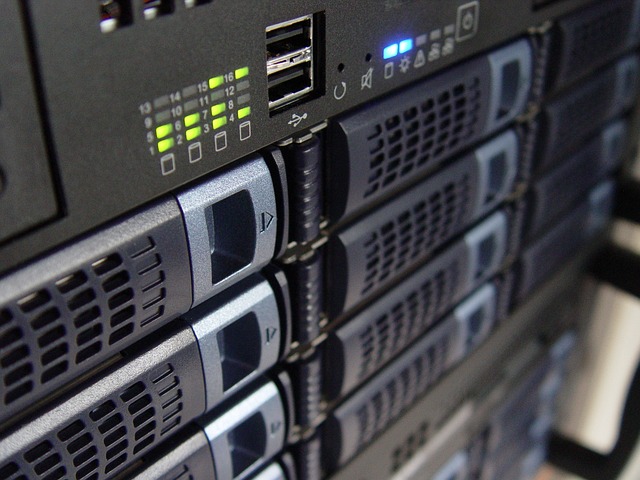Technical Requirements and Internet Connectivity for Market Access
Accessing financial markets from your computer or mobile device requires more than just an account and capital. Understanding the technical infrastructure needed for reliable market access ensures you can execute trades efficiently, monitor positions in real time, and avoid costly disruptions. From internet speed to hardware specifications, each component plays a role in your ability to participate in modern electronic markets.

Understanding the Foundation: Hardware Specifications
Before entering the world of electronic markets, your computer or mobile device must meet minimum performance standards. A modern processor with at least dual-core capability ensures smooth operation of charting software and execution platforms. Random Access Memory (RAM) of 4GB represents the baseline, though 8GB or more provides better multitasking capability when running multiple analysis tools simultaneously. Storage space requirements vary, but solid-state drives (SSD) offer faster data access compared to traditional hard drives, reducing lag when loading historical data or switching between instruments.
Graphics capabilities matter particularly for users running multiple monitors or advanced charting packages. While dedicated graphics cards are not mandatory, integrated graphics should support at least 1920x1080 resolution. Mobile devices should run current or recent operating systems, with sufficient processing power to handle real-time data streams without freezing or crashing during volatile market periods.
Internet Connection Standards and Speed Requirements
Reliable internet connectivity forms the backbone of market access. Minimum download speeds of 5 Mbps and upload speeds of 1 Mbps allow basic functionality, but these represent absolute minimums. For active participants who monitor multiple instruments or use advanced platforms, download speeds of 25 Mbps or higher reduce latency and ensure data feeds remain current.
Connection stability matters as much as raw speed. Wired Ethernet connections provide more consistent performance than wireless networks, reducing packet loss and minimizing disconnections during critical moments. Latency, measured in milliseconds, should ideally remain below 100ms to major financial centers. Higher latency can result in price slippage, where the execution price differs from the quoted price due to delays in order transmission.
Redundancy planning protects against single points of failure. Maintaining a backup internet connection through a different provider or technology (such as mobile hotspot capability) ensures continued market access if your primary connection fails. Some participants in volatile markets consider this backup connectivity essential rather than optional.
Software and Platform Considerations
Execution platforms vary widely in their technical demands. Web-based platforms accessed through browsers require less local processing power but depend heavily on stable internet connections. Downloaded applications offer more features and customization but demand more from your hardware. Mobile applications provide flexibility but may lack advanced charting tools available on desktop versions.
Operating system compatibility affects platform choice. Most major platforms support Windows, macOS, iOS, and Android, but some specialized tools remain exclusive to specific systems. Regular software updates maintain security and add features, requiring sufficient storage space for installation files and system requirements that increase over time.
Security software represents a non-negotiable requirement. Firewalls, antivirus programs, and anti-malware tools protect against threats that could compromise account access or personal information. These security layers must be configured to allow market data and order transmission while blocking unauthorized access attempts.
Data Feed Requirements and Real-Time Information
Market data comes in various tiers affecting both cost and technical requirements. Basic delayed data requires minimal bandwidth, while real-time streaming data for multiple instruments demands more robust connections. Level II data, showing market depth and order book information, increases bandwidth consumption further.
Data compression technologies help manage bandwidth usage, but users must ensure their systems can decompress information quickly enough to maintain real-time status. Some platforms offer adjustable data quality settings, allowing users to balance information detail against available bandwidth.
Historical data storage for backtesting strategies or reviewing past performance requires adequate local storage or cloud access. Large datasets spanning years of tick-by-tick data can consume significant space, particularly for users analyzing multiple instruments across different timeframes.
Mobile Access and Remote Connectivity
Mobile market access has become standard, but technical limitations exist compared to desktop environments. Screen size constraints limit the amount of information visible simultaneously. Processing power on mobile devices, while improving, still lags behind desktop computers for complex calculations or running multiple indicators.
Mobile data connections introduce additional variables. 4G LTE networks provide adequate speed in areas with strong coverage, while 5G networks offer improved performance where available. However, mobile connections typically show higher latency and less stability than fixed broadband, making them better suited for monitoring than active execution during fast-moving markets.
Battery life becomes a consideration for extended mobile use. Streaming real-time data and maintaining constant server connections drain batteries quickly, making portable charging solutions or power management strategies necessary for all-day access.
Monitoring System Performance and Troubleshooting
Regular performance monitoring helps identify issues before they impact market access. Network monitoring tools track connection speed, latency, and packet loss. System monitoring utilities watch CPU usage, memory consumption, and disk activity to spot resource bottlenecks.
Common technical problems include platform freezes during high-volume periods, delayed data feeds showing stale prices, and order submission failures due to connection timeouts. Identifying whether issues originate from your local system, your internet provider, or the platform servers determines the appropriate solution.
Maintaining updated drivers for network adapters and keeping operating systems current reduces compatibility issues. Periodic system restarts clear memory leaks and temporary files that accumulate during extended use. Documentation of technical specifications and performance baselines helps when contacting technical support for platform-specific issues.
Conclusion
Successful market participation depends on technical infrastructure that many users overlook when focusing on strategy and analysis. Meeting minimum hardware specifications, maintaining reliable high-speed internet connectivity, choosing appropriate platforms for your technical environment, and implementing redundancy measures create the foundation for consistent market access. Regular system maintenance and performance monitoring help identify potential issues before they result in missed opportunities or execution problems. As markets continue evolving toward faster execution and more data-intensive analysis tools, staying current with technical requirements ensures your infrastructure supports rather than limits your market activities.




